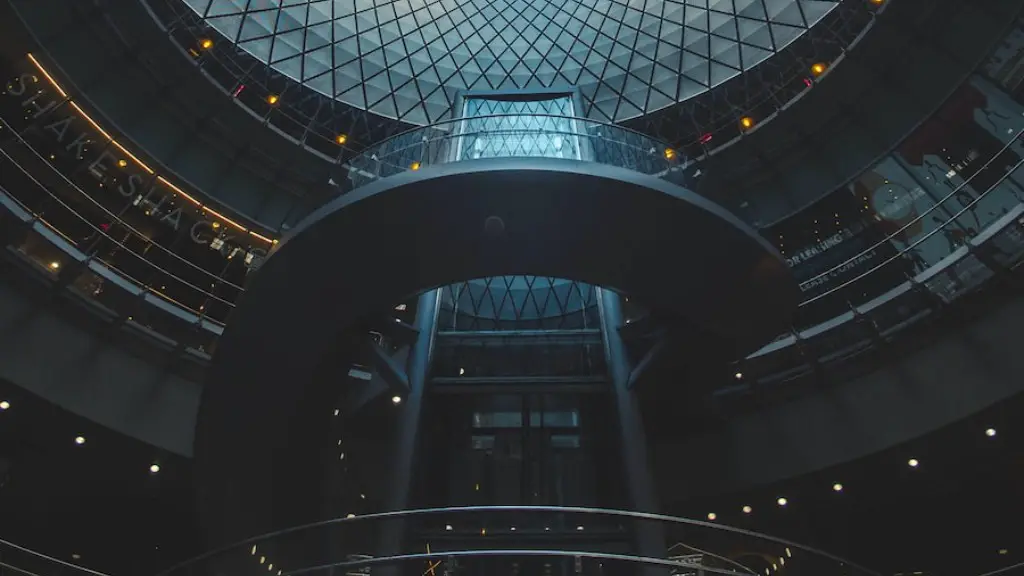Surveying in Architecture – Definition
Surveying in the context of architecture pertains to the process of measuring and recording the physical characteristics of a building or land with the aim of producing records that aid decisions related to construction, engineering, or development. Surveying technology involves a variety of instruments, ranging in complexity from a simple measuring tape to sophisticated laser-scanning instruments and satellite navigation systems. Surveying is often the first step in the design process, enabling architects and engineers to accurately map the boundaries of the area being studied and to understand the existing physical features of the building or land. This helps inform the design process, allowing for a more efficient use of resources and a better understanding of potential risks and challenges that may arise during construction.
Components of Surveying in Architecture
At its simplest, a survey consists of three components: planimetry, altimetry and stereotomy. Planimetry refers to the taking and recording of measurements of the x and y coordinates of points, lines and areas on the earth’s surface. Altimetry involves the measurement and recording of heights and depths and stereotomy is the measurement and recording of the shapes, sizes and volumes of objects or structures on the earth’s surface. When conducting a survey, the surveyor must accurately measure these components. This might involve using instruments such as a theodolite, an automatic level, and a measuring tape.
Uses of Surveying in Architecture
Surveys are invaluable to architects. They are used to accurately record the size and shape of a parcel of land or building, estimate population density, analyze traffic patterns, and identify hazards and landforms. Surveying also provides an invaluable reference point when it comes to laying out a building design, making sure the structure is level and properly supported, and estimating potential areas of weakness or risk. Surveyors are also often consulted when it comes to determining the information necessary for a property sale or transfer, or for drawing up legal documents related to a land transaction.
Advantages of Surveying in Architecture
The primary advantage of surveying in architecture is precision. By measuring and recording the physical characteristics of an area, surveyors are able to provide detailed information that can be used to create plans that are precise and accurate. This eliminates the risk of errors being made due to guesswork or imprecise measurements. Surveys also provide architects with a better understanding of the land and the physical features of a building or area, allowing for better decisions to be made when it comes to designing, constructing, and maintaining a building.
Techniques of Surveying in Architecture
Surveys can be conducted through a variety of techniques depending on the type of data that needs to be collected. Measurement and surveying techniques include the use of theodolites and total stations, global positioning systems (GPS), digital mapping systems, aerial photography, observation, and leveling. Each of these techniques has its own pros and cons and surveyors must consider the specific needs of the project when choosing the right technique.
Challenges of Surveying in Architecture
One of the major challenges faced by surveyors in the context of architecture is the ever-changing landscape. Buildings are subject to wear and tear, and the landscape can be affected by natural phenomena such as earthquakes and floods. As a result, it is important for surveyors to update their data regularly, ensuring that plans and designs are based on the most up-to-date information. Surveys must also take into account the potential for locations to change in the future as a result of human activity or natural forces.
Impacts of Surveying in Architecture
The data collected through surveying in architecture can have a significant impact on the success of a building project. Accurate measurements and recordings allow architects and engineers to plan and design efficiently, minimizing the risk of costly errors and delays. Surveyors are also able to assess the potential risks associated with a location, allowing for informed decisions to be made about construction and development.
Emerging Technologies in Surveying in Architecture
In recent years, there has been a growing trend among surveyors to adopt modern technologies such as drones, remote sensing and artificial intelligence. These technologies can provide data that is more precise and accurate than ever before, and can be used to capture large areas of land in a relatively short period of time. As a result, these technologies are becoming increasingly popular among surveyors who are looking to improve the accuracy and efficiency of their work.
Education and Professional Certification in Surveying in Architecture
Many universities and colleges offer courses in surveying. These courses cover topics such as mathematics, design theory, and land surveying technology. Professionals who wish to specialize in surveying for architecture must also obtain a valid license from the relevant local or state body. In many cases, this includes passing an exam, completing a surveyor’s apprenticeship, and having at least 4 years of experience in the field.
Conclusion
Overall, surveying is an essential part of the design and construction process in architecture. A qualified surveyor can provide precise and accurate data that enables architects and engineers to make informed decisions, ensuring that buildings are designed and constructed safely and efficiently. With the continued development of modern surveying techniques and technologies, surveyors are now able to provide ever more precise and accurate data, helping to ensure the success of architecture projects.


